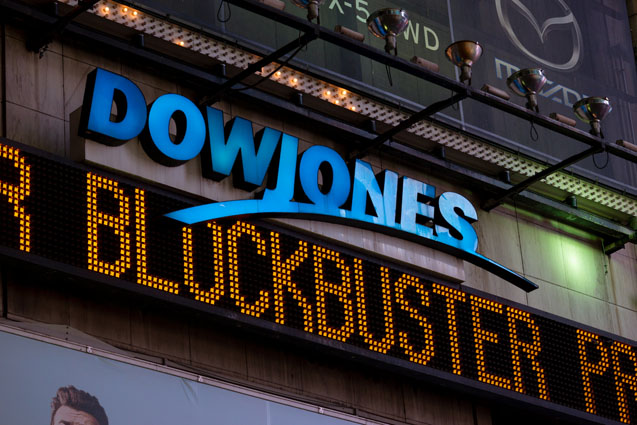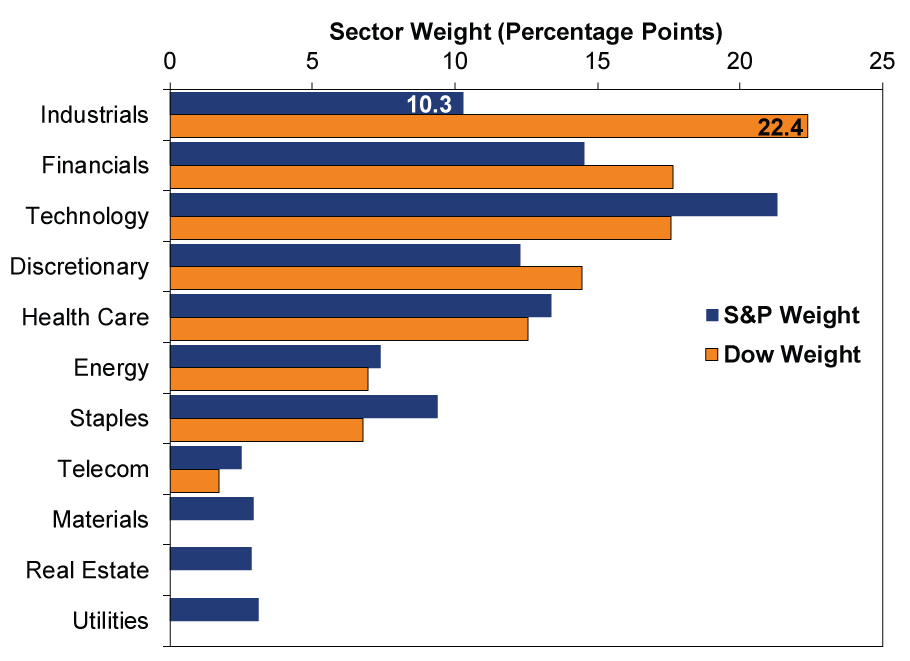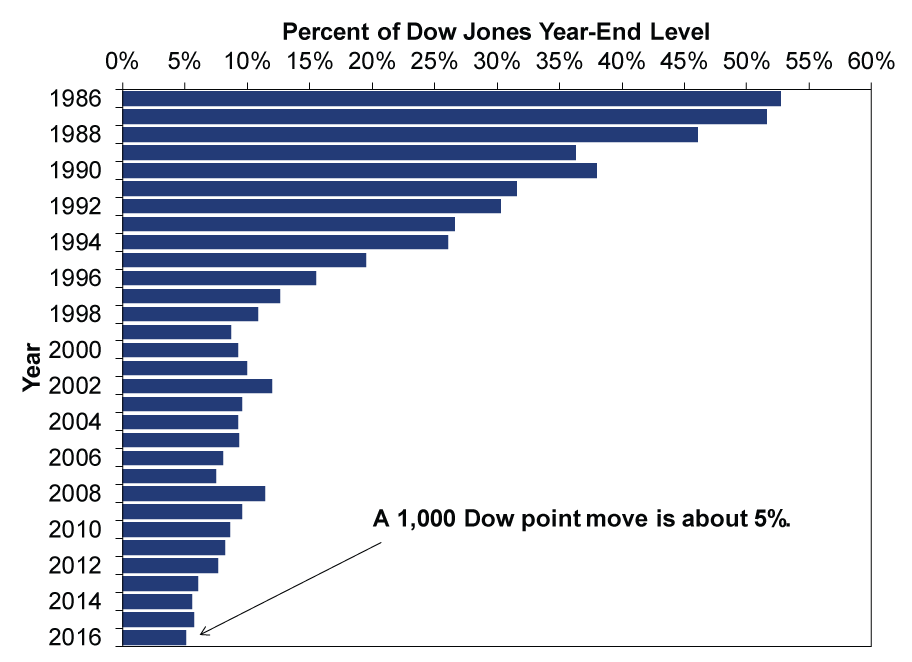Personal Wealth Management / Market Analysis
Disregard Dow 20000
The broken gauge's new milestone is meaningless for investors.

Photo by Jimmy Anderson/iStock.
It's here, folks! Dow 20000! On an intraday basis, at least, the Dow Jones Industrial Average pierced the "milestone" it has flirted with for more than a month. Cue the obligatory pictures of that one trader with bushy hair at the NYSE and baseball hats marking this big round number. Or maybe not. But hats or no, prepare for an avalanche of meaningless coverage. The media loves big round numbers, and already, a slew of headlines wonder what Dow 20000 means for you.[i] Some suggest the mark shows more gains are in store. Others argue it shows stocks have come too far, too fast. Here is a reality check before you pop the champagne: Dow 20000 doesn't mean a thing for you. The Dow is a broken index. It incorrectly measures the return of 30 randomly selected stocks that bear little resemblance to broader American markets. A broken, narrow index reaching an arbitrary round number doesn't tell you anything about this bull market.
The Dow is the oldest market gauge, but first doesn't mean best, for many reasons. Consider its lack of breadth: The S&P 500, a common gauge of US equity markets, is comprised of 500 companies totaling $20.2 trillion.[ii] The even broader Wilshire 5000 Index has 3,618 stocks totaling a bit more than the S&P 500.[iii] The Dow's 30 stocks totaling $5.5 trillion are a small subset of US equities.[iv]
That subset doesn't match up with the broader market well. Industrials are 22.4% of the Dow. Intuitive, considering the index's history. But this is more than double Industrials' S&P 500 weight, suggesting a disconnect from the broader market. Moreover, Industrials are the Dow's biggest sector, but they are sixth in the S&P 500, which better reflects America's services-led economy. While all three are small sectors, the Dow has zero exposure to Materials, Utilities or Real Estate. It has much more exposure to Financials, too.
Exhibit 1: Sector Weights, Dow vs. S&P 500

Source: FactSet, Dow Jones Indices, IndexArb.com, as of 1/25/2017. Weights as of 1/24/2017.
But the Dow isn't just too narrow with odd sector skew. It is price-weighted, a fatal flaw. In price-weighted indexes, movements are influenced most by stocks with higher share prices. Weighting an index this way overlooks which company is actually largest. The S&P 500 is market capitalization weighted. This multiplies share price by shares outstanding, providing a sense of the firm's value-a much better gauge.
To illustrate the difference, consider that Goldman Sachs presently is the most important stock to the Dow's movements, making up 8.04% of the gauge.[v] But it is an $86.4 billion firm-the 48th largest in the S&P, 0.44% of the index.[vi] Travelers Insurance is 4.02% of the Dow, but its $33 billion market cap is only good enough for 142nd in the S&P-0.17% of the index.[vii] Apple, the world's biggest company by market cap is 7.4 and 19.3 times larger than those two, but contributes less to the Dow's movements because its share price is lower. Nine of America's largest 30 firms by market cap aren't even in the Dow, which makes the stocks chosen look random.
As for 20000, consider that 1000 Dow points aren't what they used to be. Thirty years ago, 1000 Dow points amounted to more than half the average's value. Big! But at Dow 20000, a 1000 point move is 5%. Going from one round number to another is easier than it once was-that is just math. And, either way, it's all past index movements, and in markets, the past isn't predictive.
Exhibit 2: Devaluing 1000 Dow Points

Source: FactSet, as of 1/25/2017. 1,000 Dow points as a percentage of year-end Dow Jones Industrial Average closing level.
So for all the hoopla, Dow 20,000 has no meaning other than trivia. Just like the trivia that, according to one analyst, if the Dow were corrected for data errors made in 1914, the gauge would presently be above 30000-not just breaking through 20k. So maybe mark the date down in case you're ever on Jeopardy. But from a portfolio strategy standpoint, you can safely disregard-perhaps even discard-the Dow.
[i] Note: Many such "analyses" hinge on the alleged "psychological impact" of the Dow reaching round number "milestones." To translate: "Psychological impact," used in this context, is defined as no actual impact but the proponent of the theory still thinks it's a big darn deal.
[ii] Source: Standard and Poor's, as of 1/25/2017. Market value at 12/31/2016. Yes, we know there are technically 505 constituent stocks in the S&P 500, but there are only 500 companies as five S&P firms have two share classes listed.
[iii] Source: Wilshire Associates, as of 1/25/2017. Constituent count and market value at 12/31/2016. It is called the Wilshire 5000 because it had 5000 constituents when it launched.
[iv] Source: Dow Jones Indices, as of 1/25/2017. Market value at 12/31/2016.
[v] Source: Dow Jones Indices, IndexArb.com, as of 1/25/2017.
[vi] Source: FactSet, as of 1/25/2017.
[vii] Ibid.
If you would like to contact the editors responsible for this article, please message MarketMinder directly.
*The content contained in this article represents only the opinions and viewpoints of the Fisher Investments editorial staff.
Get a weekly roundup of our market insights
Sign up for our weekly e-mail newsletter.

You Imagine Your Future. We Help You Get There.
Are you ready to start your journey to a better financial future?

Where Might the Market Go Next?
Confidently tackle the market’s ups and downs with independent research and analysis that tells you where we think stocks are headed—and why.





